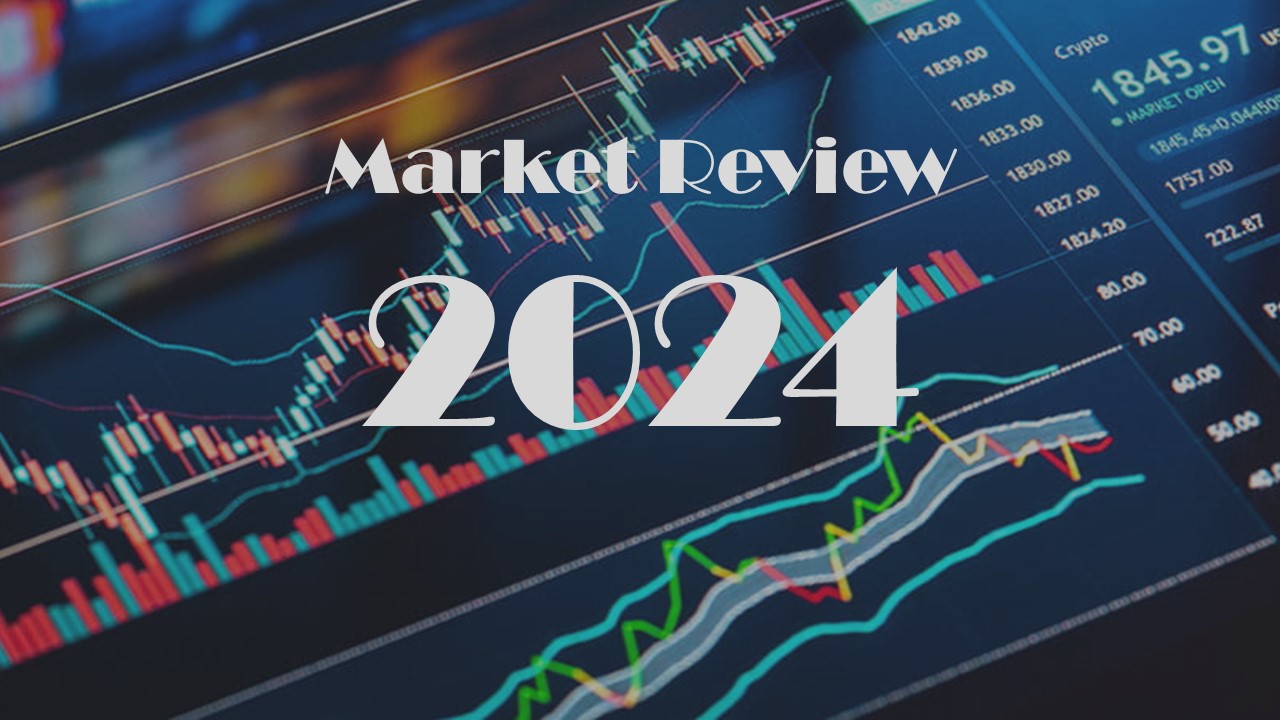Mentre il 2024 volge al termine, i mercati azionari globali presentano una storia di resilienza e adattamento in un contesto di ricalibrazione economica. Sebbene l'anno sia iniziato con timori per l'inflazione e la stretta delle banche centrali, si è evoluto in una storia complessa di disparità regionali, spostamenti settoriali e punti luminosi inaspettati.
I mercati statunitensi hanno continuato ad affascinare gli investitori con il loro dinamismo. L'S&P 500 ha registrato una solida crescita, trainata dall'inarrestabile slancio del settore tecnologico. Le innovazioni guidate dall'intelligenza artificiale e i solidi utili societari di aziende come NVIDIA e Microsoft hanno trasformato la tecnologia in un beniamino del mercato. Nel frattempo, il Dow Jones Industrial Average è rimasto indietro, in quanto i settori difensivi e industriali hanno faticato ad eguagliare il rally guidato dalla tecnologia. Una Federal Reserve cautamente ottimista ha dato un po' di sollievo sospendendo i rialzi dei tassi a metà anno, segnalando una potenziale stabilità per il 2025.
Across the Atlantic, Europe faced headwinds from sluggish growth and persistent inflation. While the luxury goods and renewable energy sectors shone briefly, broader markets like the Euro Stoxx 50 barely managed gains, and the UK’s FTSE 100 struggled with domestic challenges. Energy price volatility further complicated the picture, though the continent’s commitment to clean energy hinted at long-term growth prospects.
Asia offered a tale of two extremes. Japan was a standout performer, thanks to a weaker yen and booming exports in technology and automotive sectors. Conversely, China’s anticipated recovery fell short of expectations. Structural challenges in its property market, coupled with weaker global demand, weighed heavily on its economic engine. This divergence left investors questioning whether China’s reforms in 2025 could rekindle its growth.
Emerging markets, often the wild cards of global finance, mirrored the broader uncertainty. India’s infrastructure investments and Brazil’s commodity exports provided optimism, but the stronger U.S. dollar and high-interest-rate environment capped their overall potential.
Looking forward to 2025, cautious optimism defines the investment landscape. Central banks are expected to maintain neutral stances, with the Federal Reserve and European Central Bank likely to avoid aggressive moves unless inflation surprises on the upside. China’s reforms and stimulus measures will be pivotal; a successful turnaround could ripple across global markets. Meanwhile, technology and renewable energy remain thematic investments, offering opportunities for both short-term gains and long-term value.
For individual investors, the lessons of 2024 underscore the importance of diversification and patience. Whether it’s riding the AI wave in the U.S., betting on Asia’s evolving dynamics, or exploring clean energy opportunities, the key will be balancing ambition with risk management. As we step into 2025, the journey promises to be as challenging as it is rewarding, and staying informed will be more critical than ever.

